John Lake
John needed a place to care for the Chinese lepers he’d been ministering to. Tai-Kam in the South China Sea seemed the perfect location. But there was one major obstacle standing in his way — pirates!
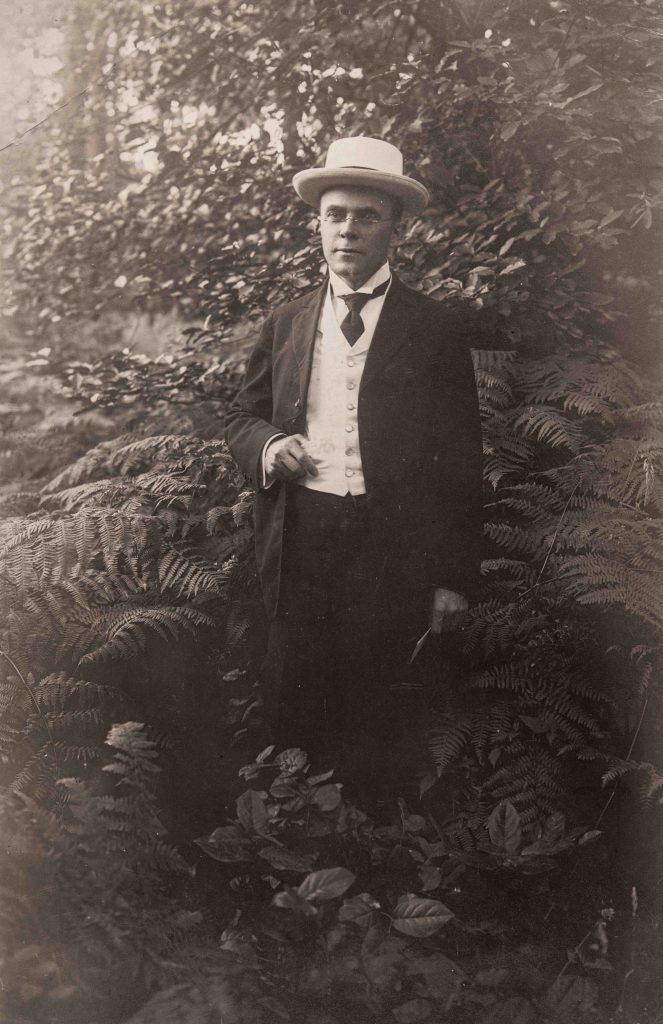
John needed a place to care for the Chinese lepers he’d been ministering to. Tai-Kam in the South China Sea seemed the perfect location. But there was one major obstacle standing in his way — pirates!
Tai-Kam, now known as Dajin Island, had been a hide-out for pirates for years, but when John Lake saw it from an airplane on June 18, 1920 — one of the first recorded flights by a Southern Baptist missionary — he knew he had found the perfect spot. The presence of pirates on the island did not deter John. He did what any good missionary would do: He approached the pirates directly and asked for their help.
Slowly, John began to win over the pirates, who listened to the gospel, and he offered them construction jobs in the proposed colony. Through a donation from a friend, John purchased the entire island, and over the next several years, the pirates constructed a number of buildings designed to house the lepers.
Funds for the colony came from private donors, and a church stood prominently in the center of the village, where pirates and lepers worshiped together. In later years, a former pirate even became pastor of the church.
Although John’s plans for a colony of thousands did not come to pass, hundreds of lepers came to live on Tai-Kam over the next 25 years, and John remained a tireless advocate of Tai-Kam and the people there throughout his lifetime.
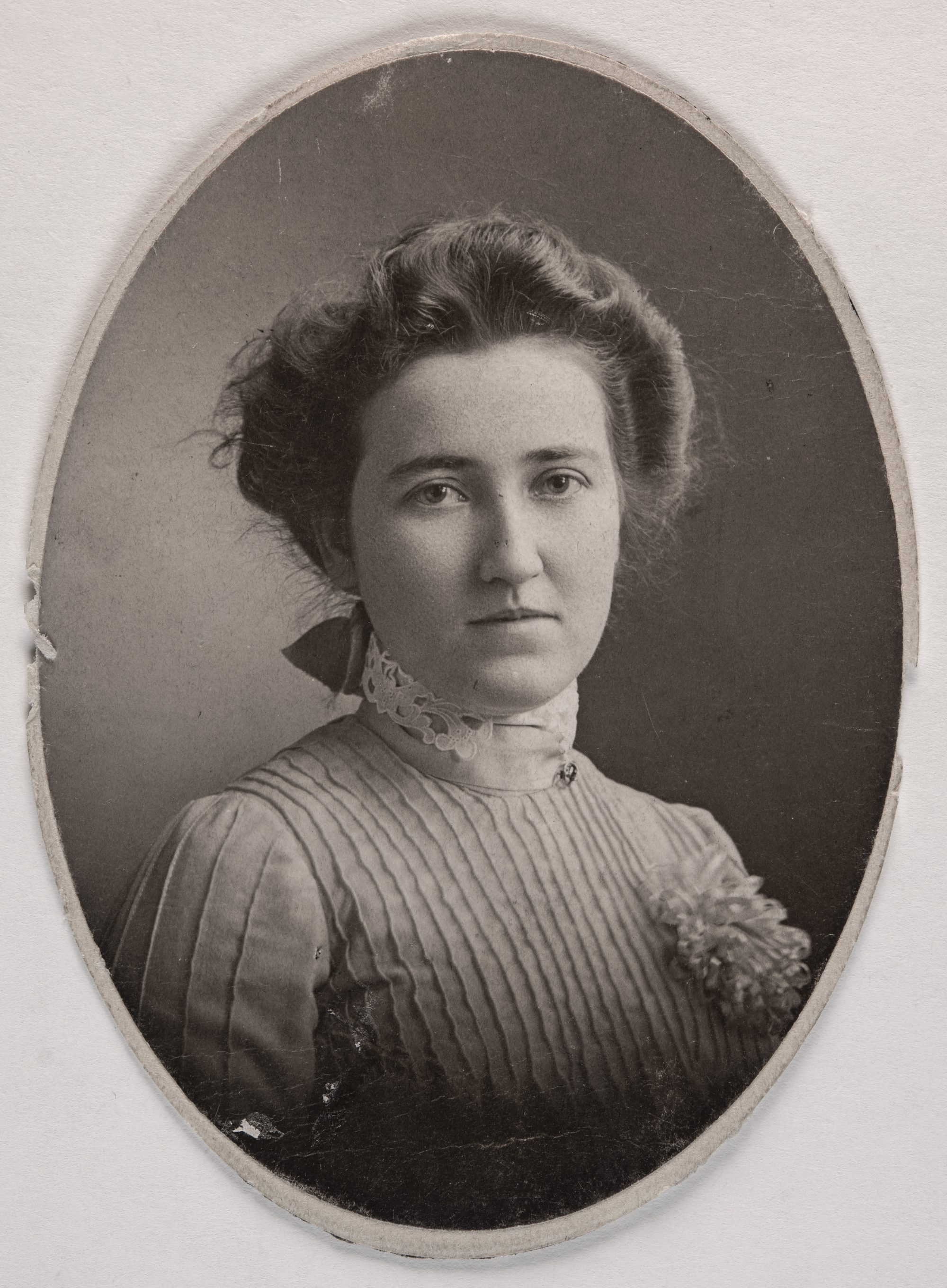
Pearl Hall Williams Lake, widow of missionary Samuel T. Williams and John’s first wife. Pearl and John married in 1907, and she fell ill and died less than a year later.
IMB Photo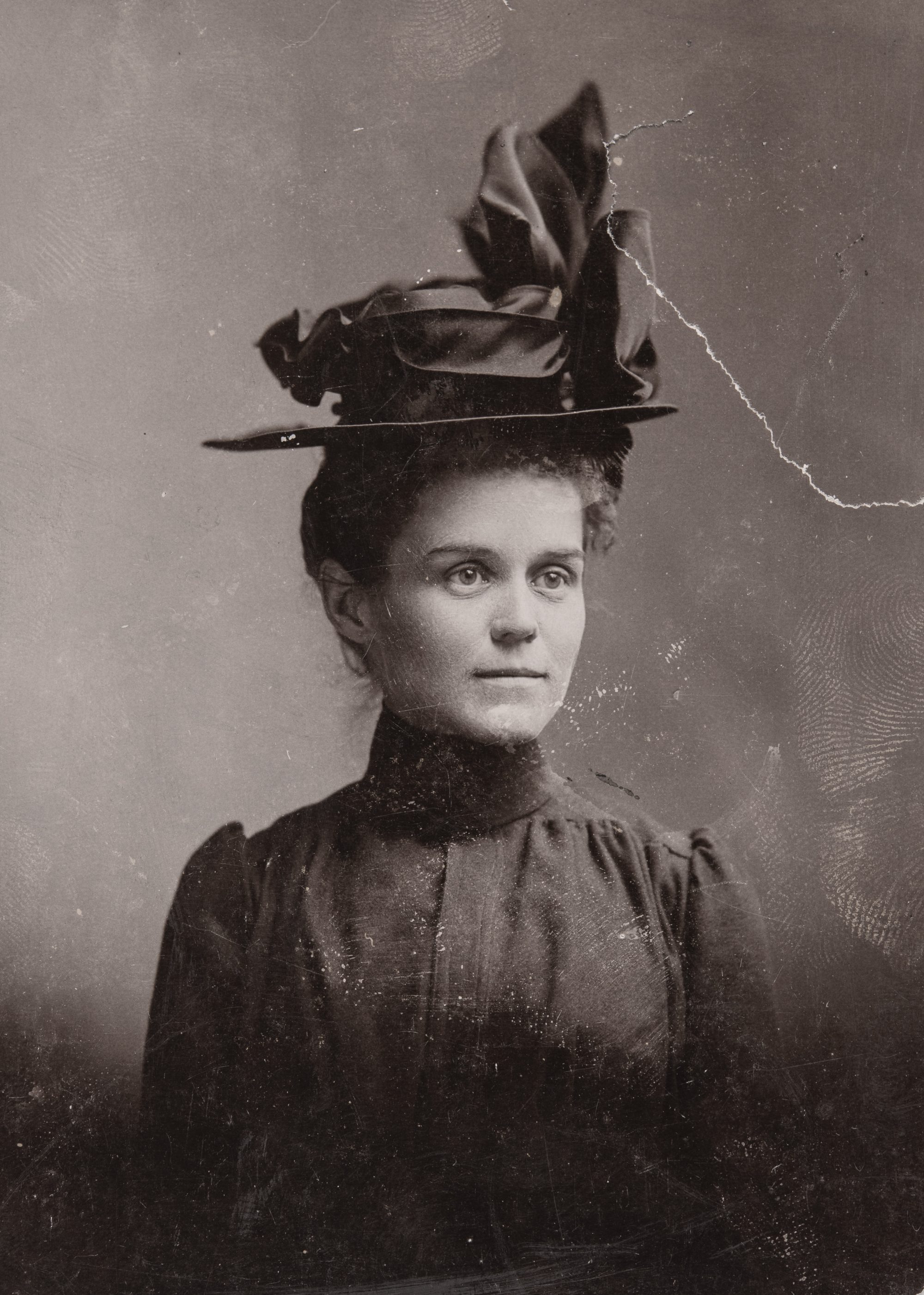
John married Carrie Bostick Lake, his second wife, in 1909. Known as the “little lady of the lake,” Carrie was John’s constant companion and an avid supporter of the work on Tai-Kam Island.
IMB Photo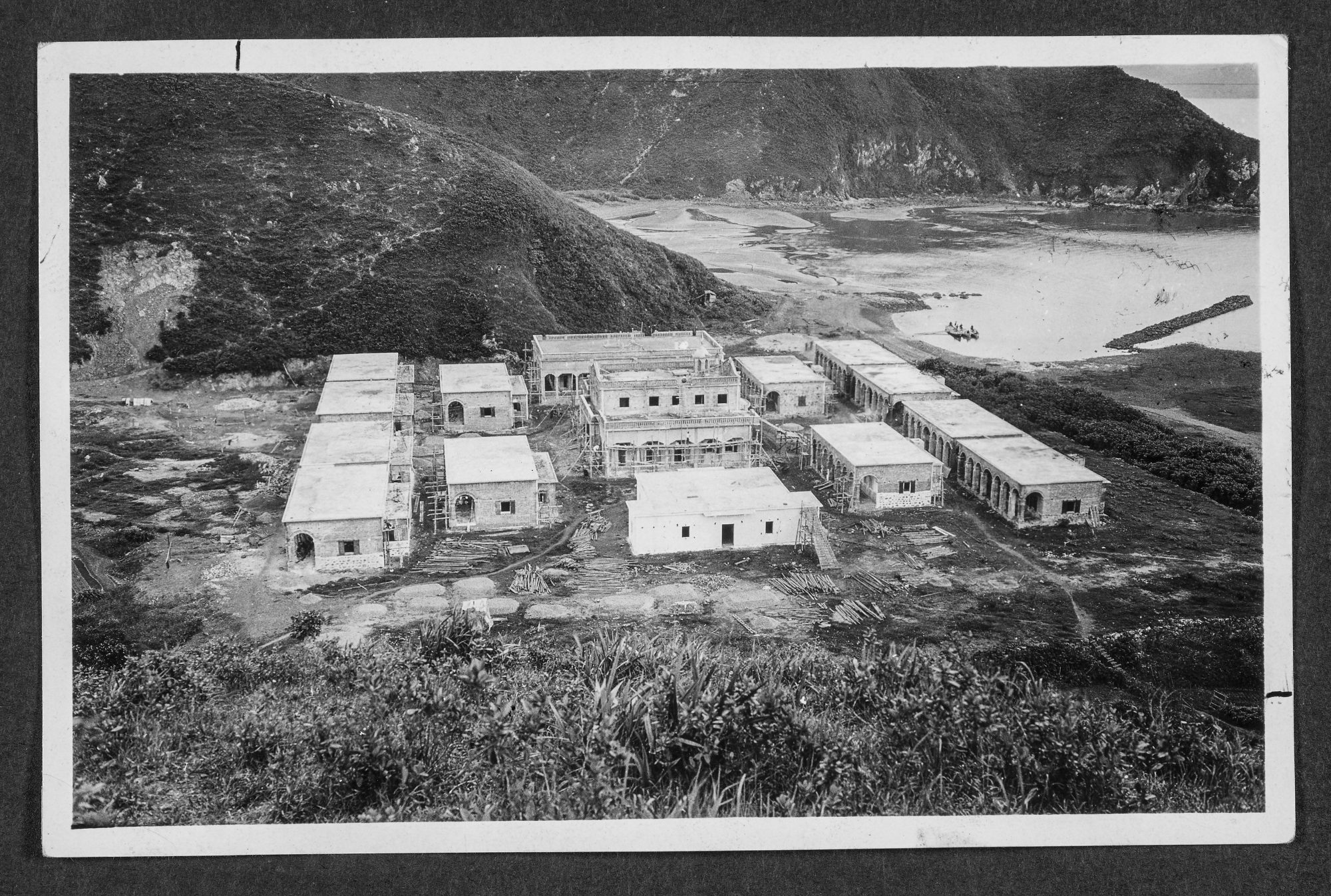
Tai-Kam Island Leper Colony
IMB Photo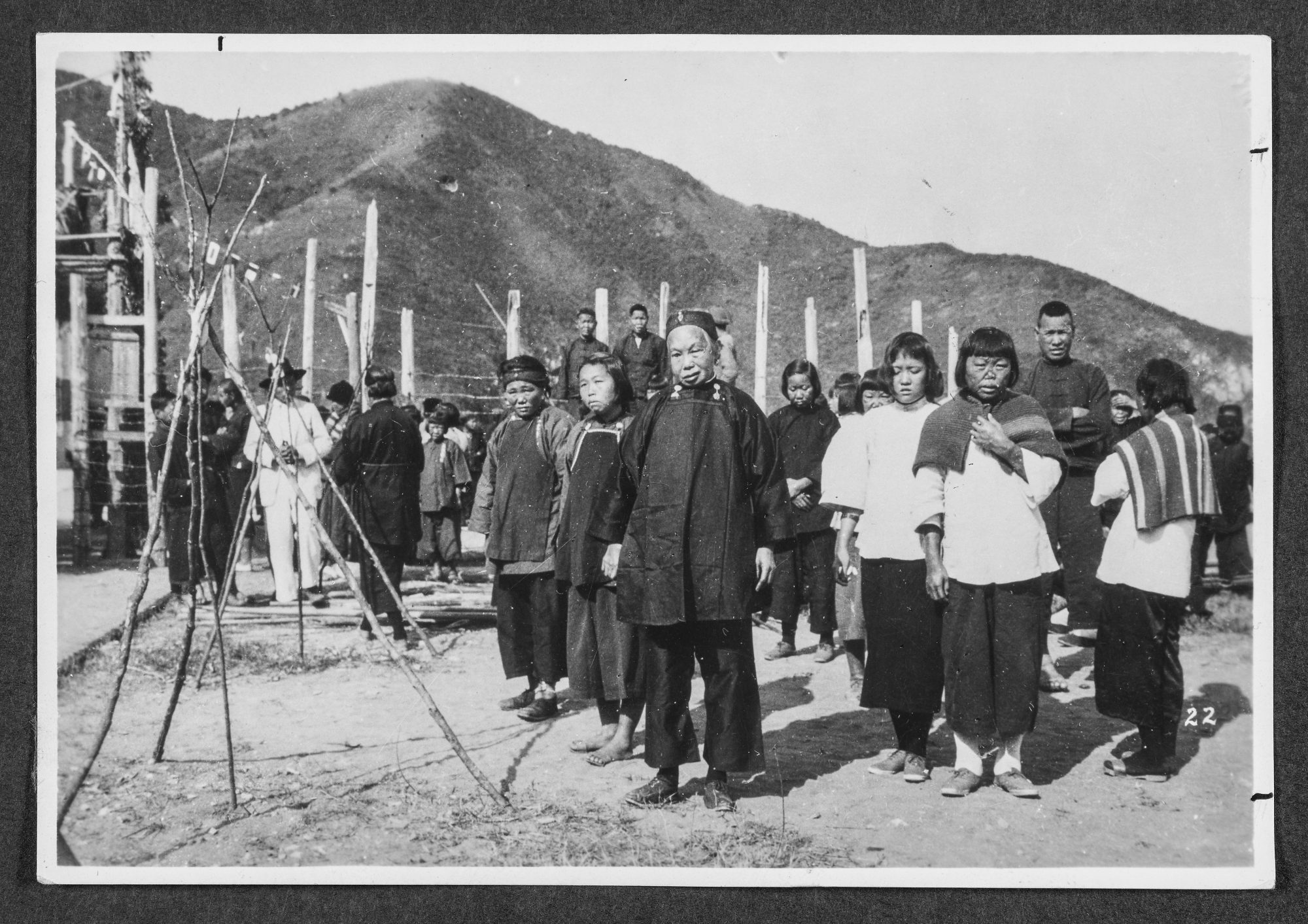
Tai-Kam Island Leper Colony
IMB Photo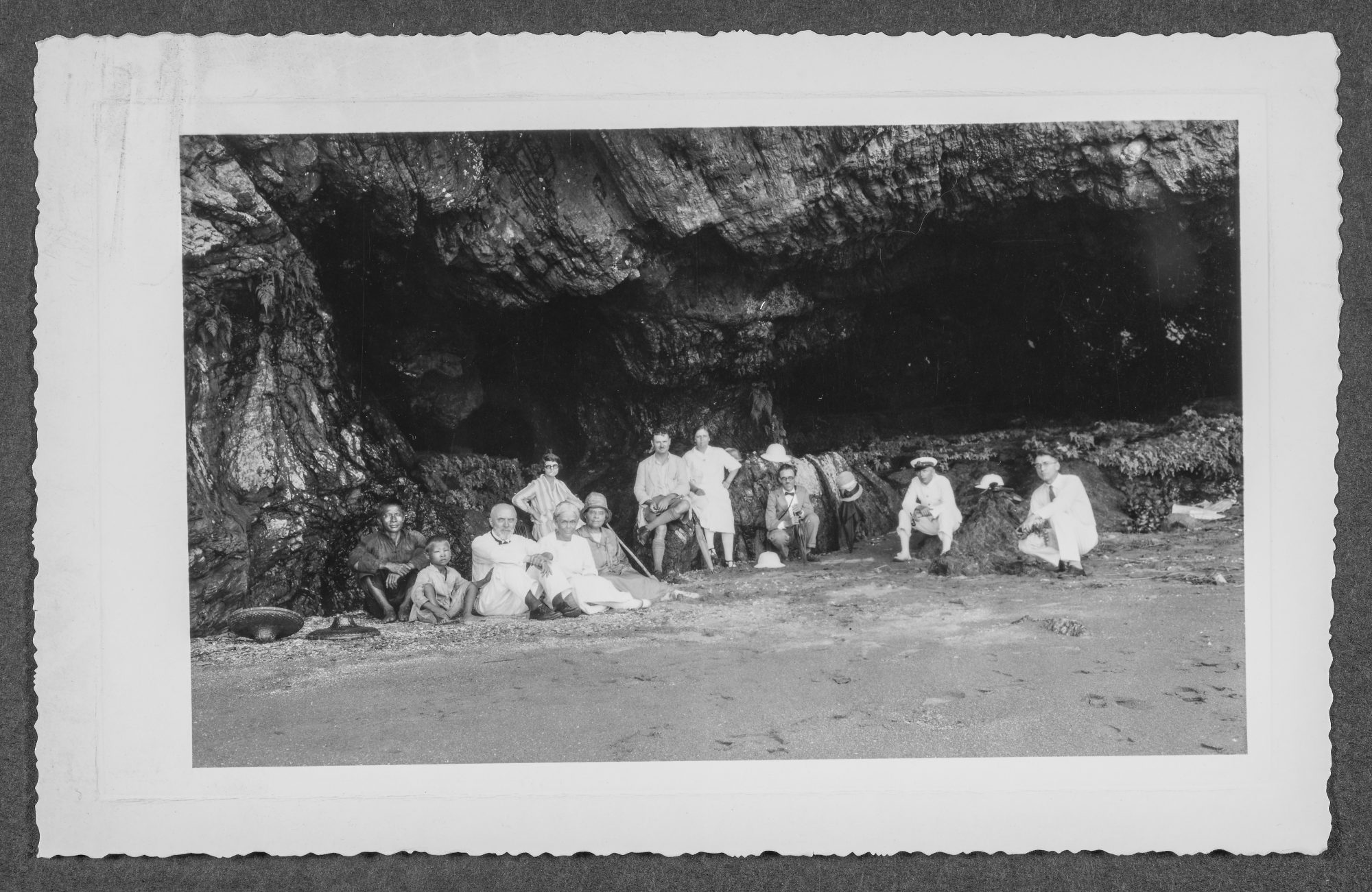
John and Carrie Lake on Tai-Kam Island.
IMB Photo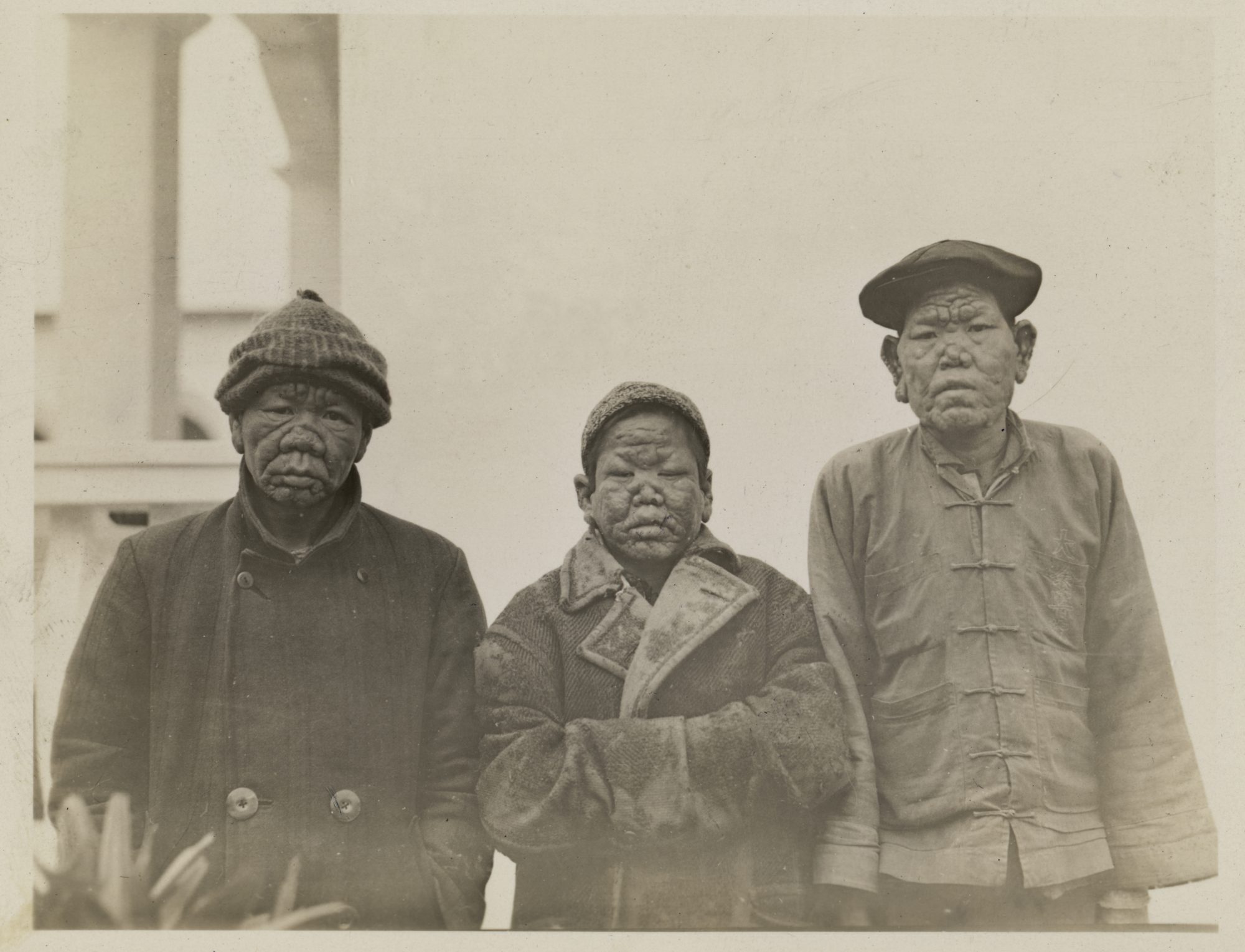
Inhabitants of the Tai-Kam Island Leper Colony.
IMB Photo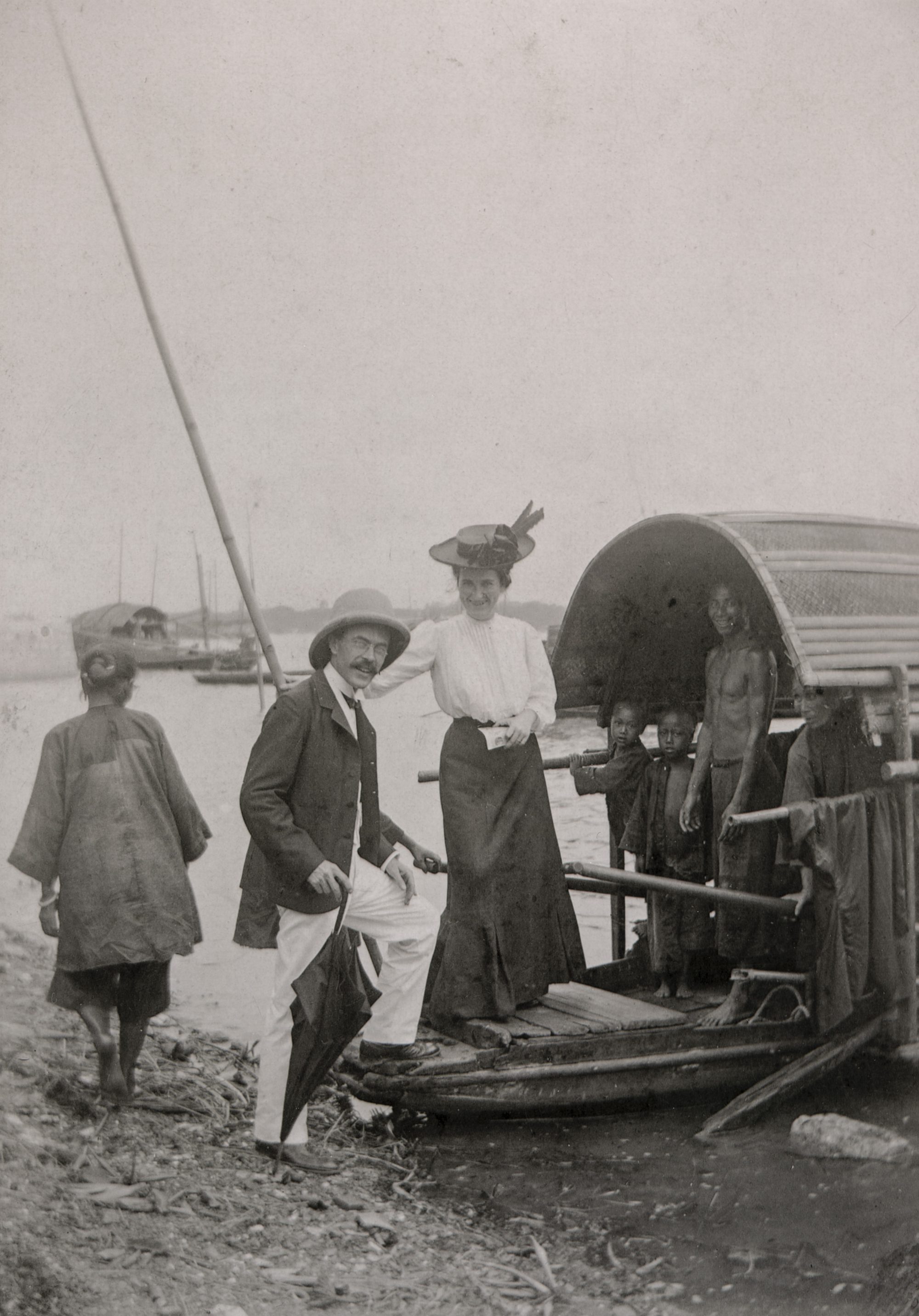
John Lake with his second wife, Carrie Bostick Lake.
IMB Photo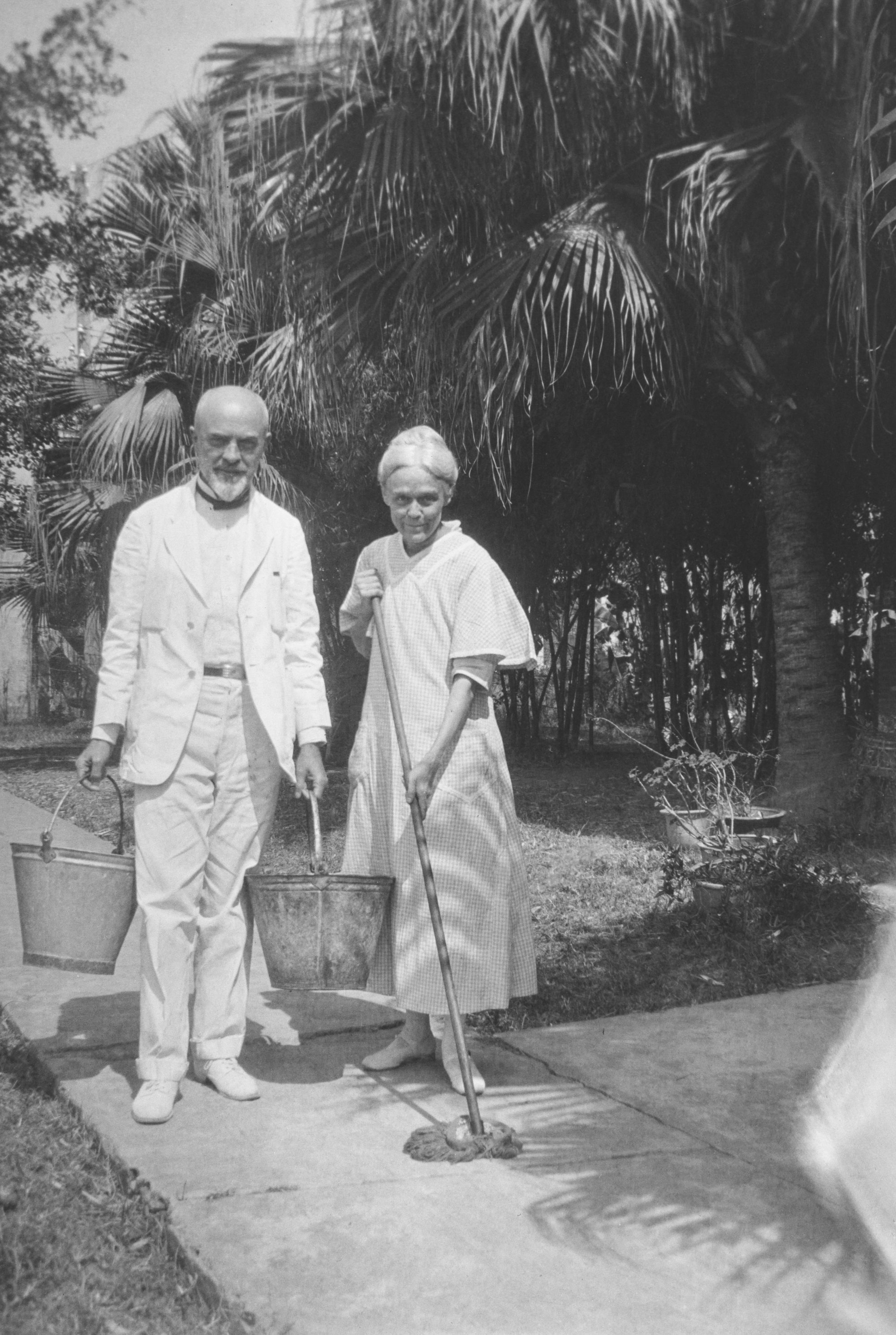
John and Carrie Lake
IMB Photo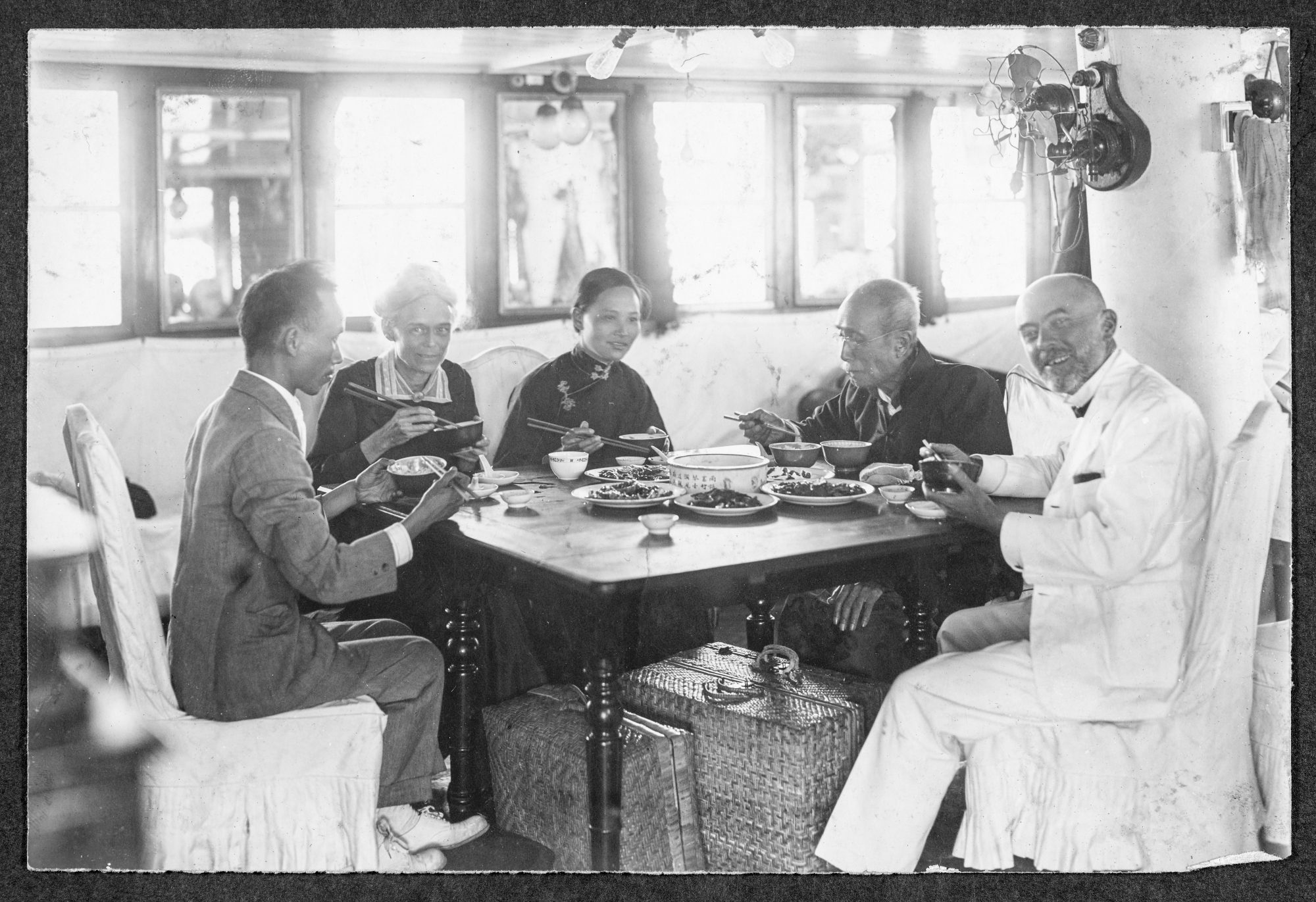
John and Carrie Lake enjoy a meal in China.
IMB Photo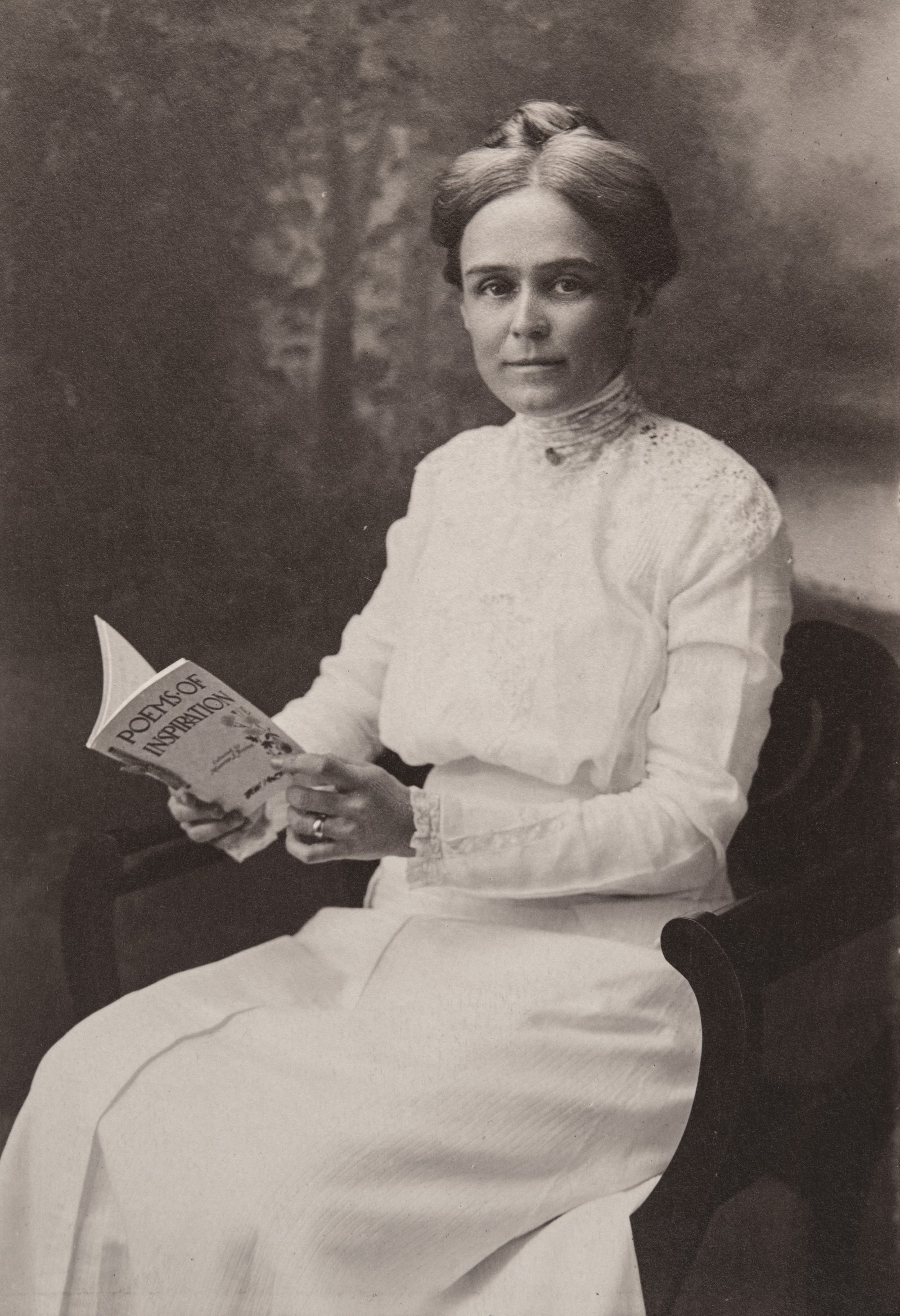
Carrie Bostick Lake, John’s second wife, died of malaria in 1928 shortly after returning from their “happiest trip” to Tai-Kam Leper Colony. As she grew weaker, John whispered in her ear, “Good by, good by … meet me sometime on Tai-Kam Island.”
IMB Photo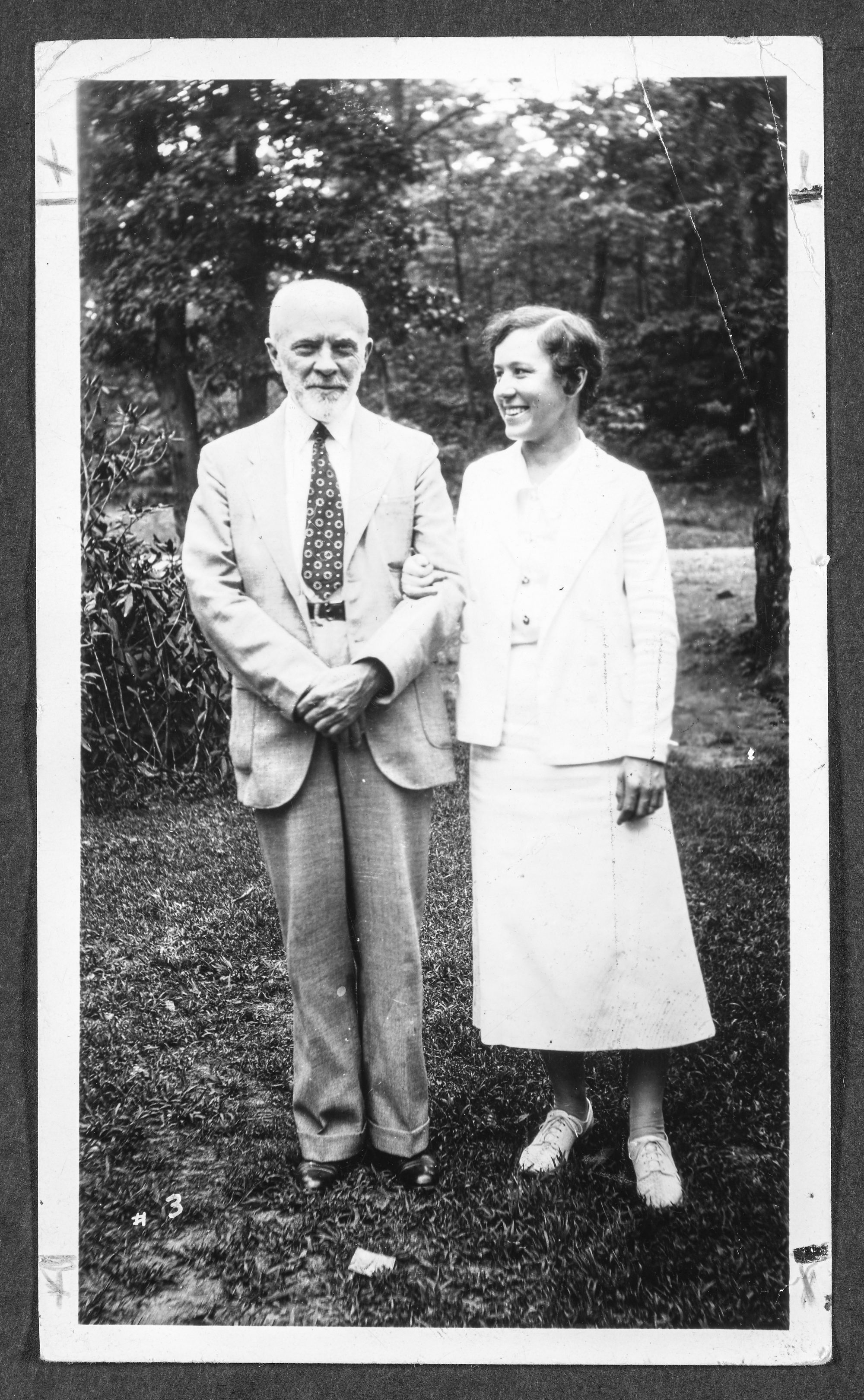
John Lake and his third wife, Virginia, married in 1933, when John was 63 years old, and had two daughters together.
IMB Photo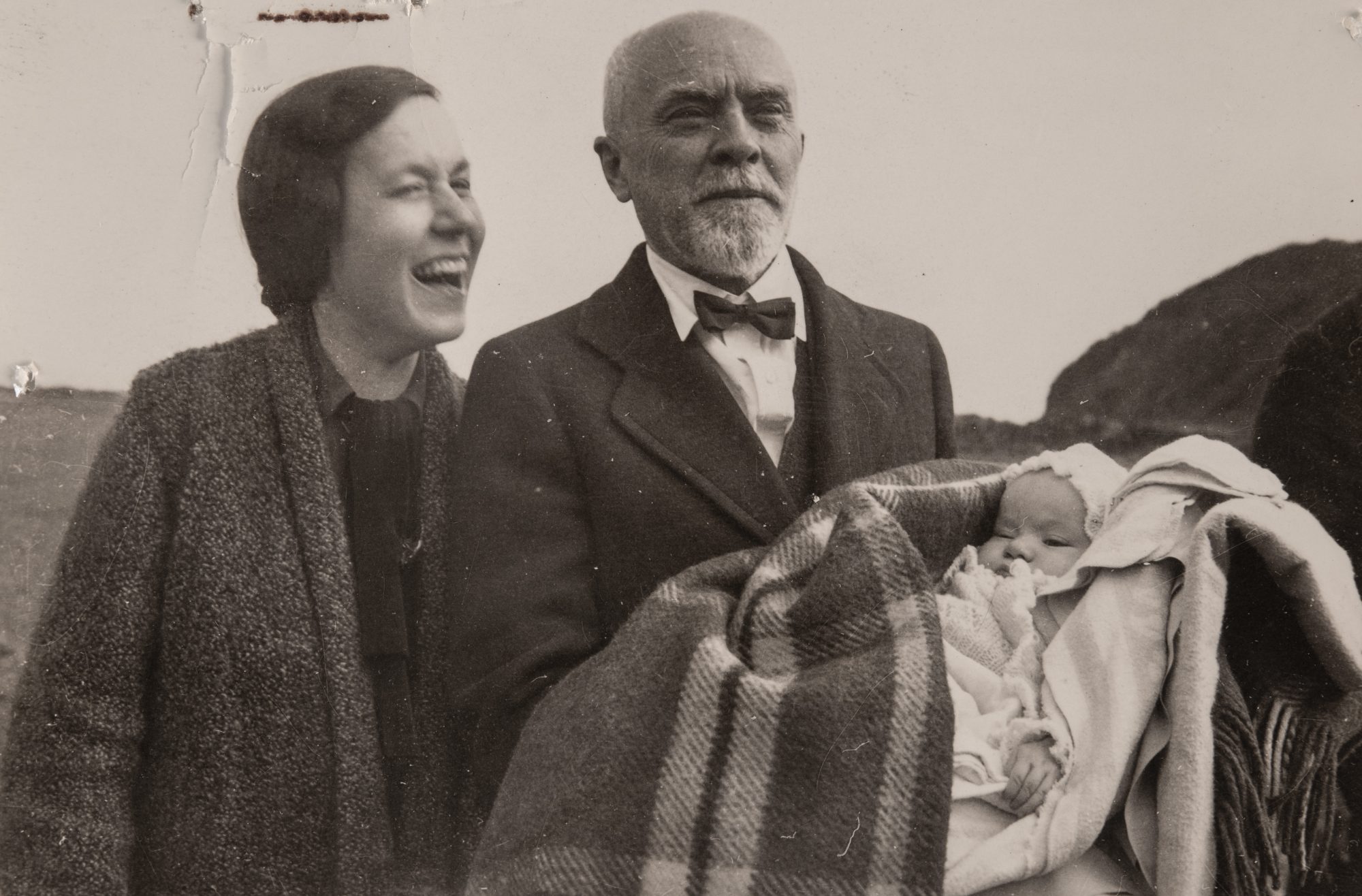
John Lake and his third wife, Virginia, with their daughter Virginia on Tai-Kam Island.
IMB Photo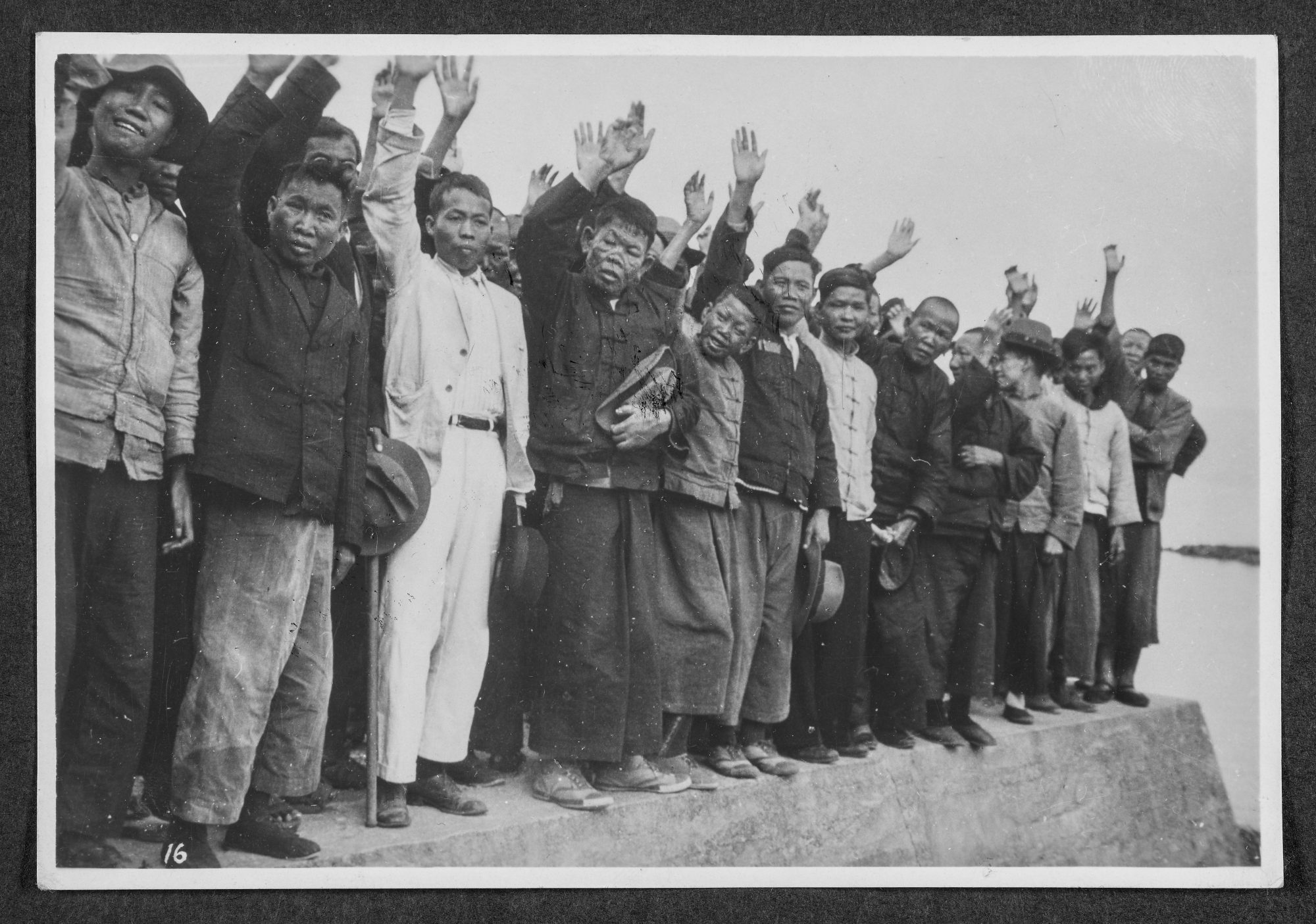
Inhabitants of the Tai-Kam Island Leper Colony warmly welcome John and Virginia Lake and their daughter.
IMB Photo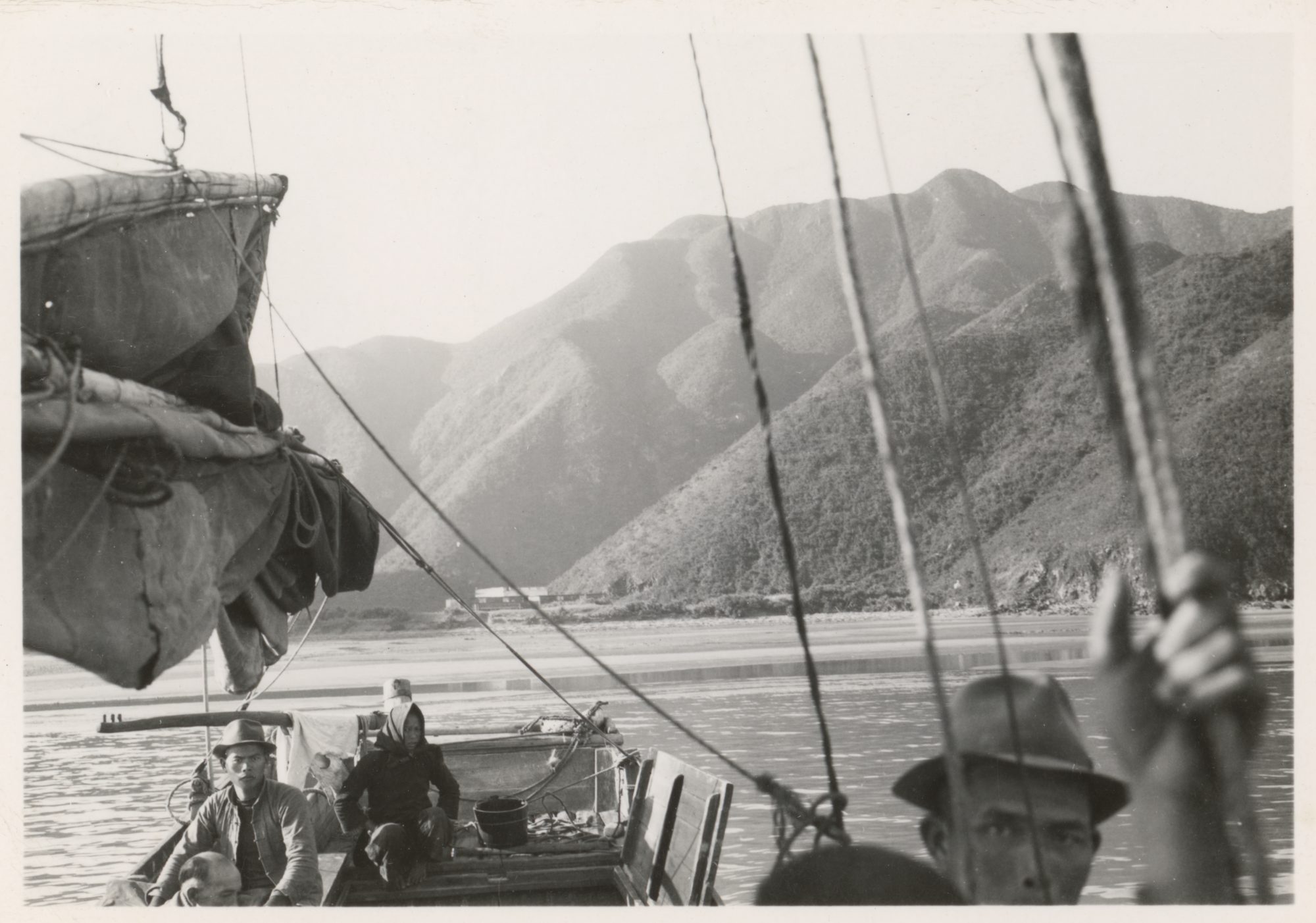
Tai-Kam Island Leper Colony
IMB Photo
Virginia Lake, John’s third wife.
IMB Photo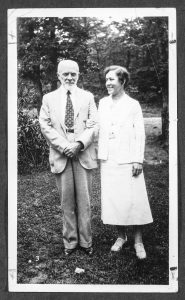
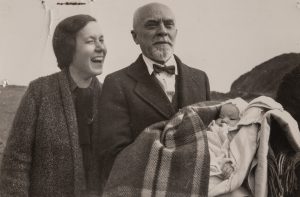


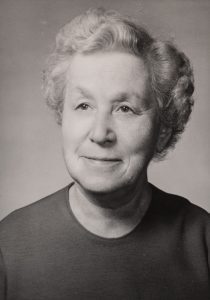
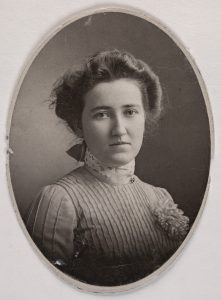

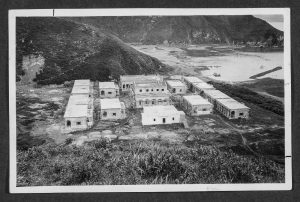
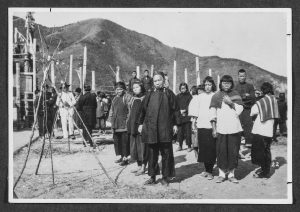
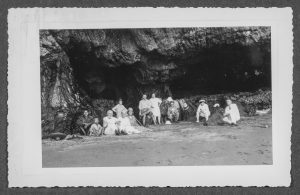

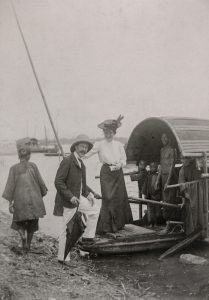
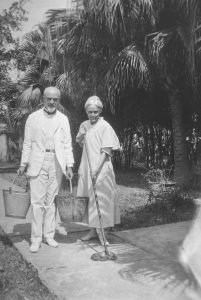
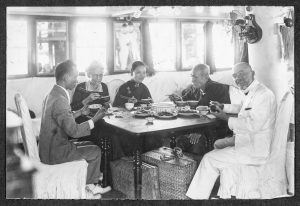
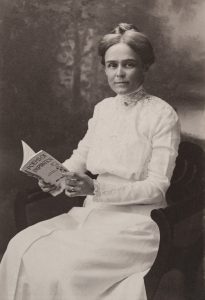




















John Lake
Pearl Hall Williams Lake (first wife)
Carrie Bostick Lake (second wife)
Virginia Barclay Lake (third wife)
“Chapter 1: John Lake” in Not Forgotten: Inspiring Missionary Pioneers by David J. Brady
“John Lake of China – The Man Who Dared” by Elwyn Lee Means in Much to Dare: Junior Missionary Biographiesedited by Genevieve Greer
“Lepers for Neighbors, 1904-1924” by Rev. John Lake, in The Religious Herald (Vol. 97, No. 41, pp. 5-6) (full text available here)